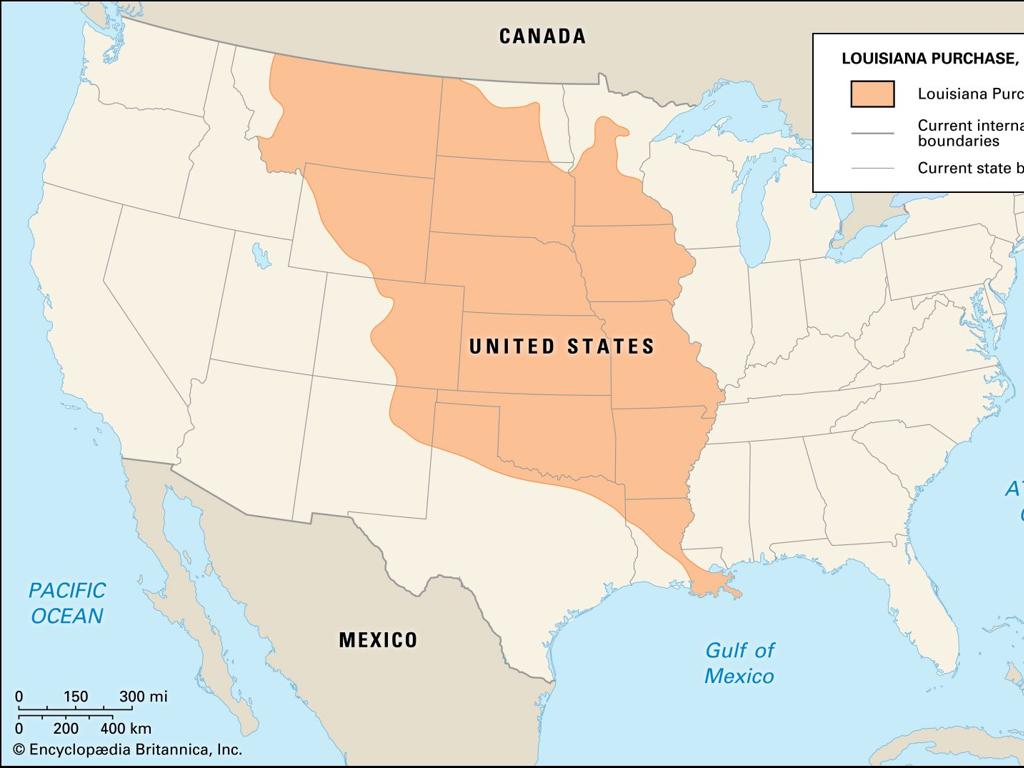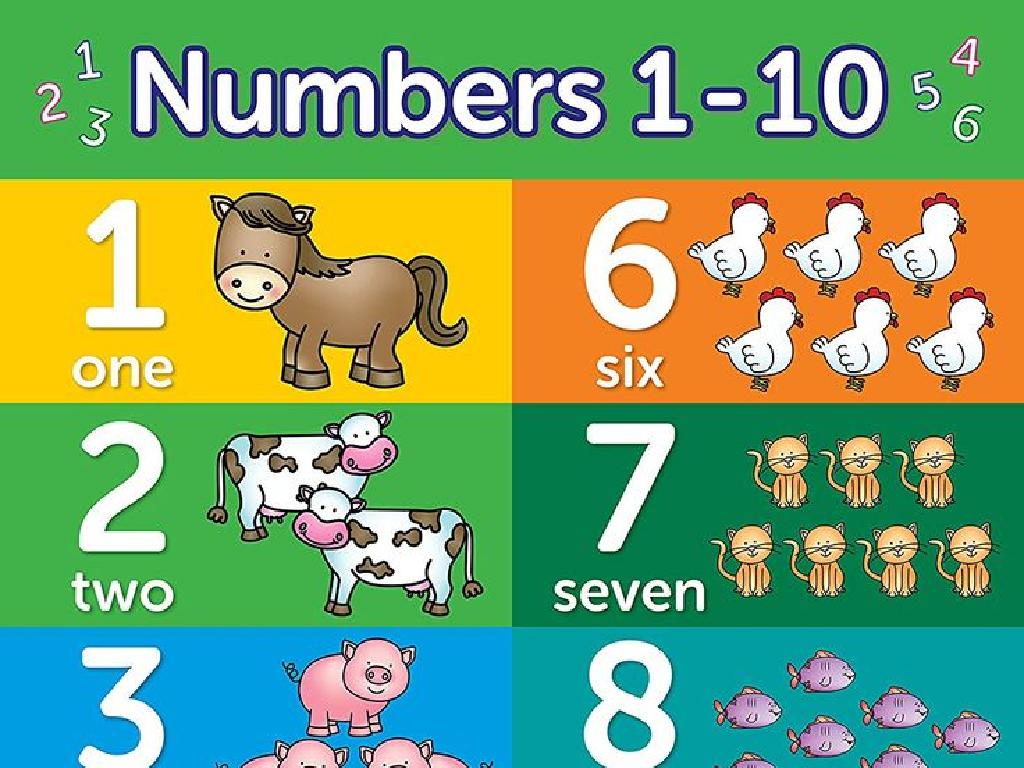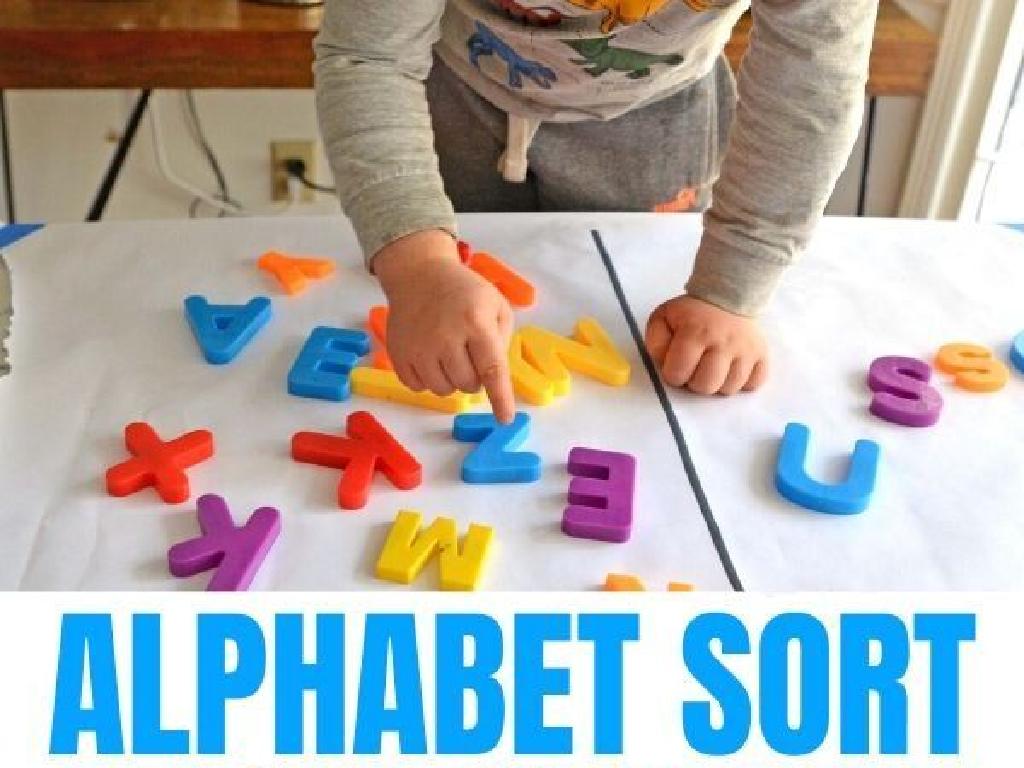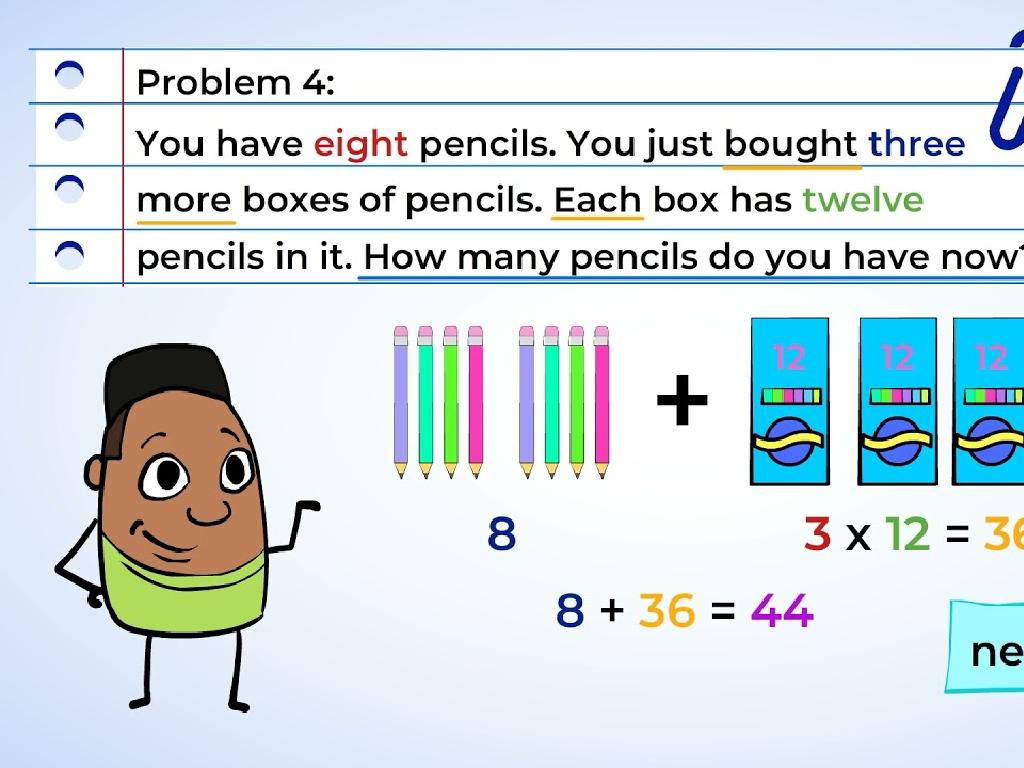Read About Sports And Hobbies
Subject: Language arts
Grade: Fifth grade
Topic: Informational Texts: Level 1
Please LOG IN to download the presentation. Access is available to registered users only.
View More Content
Exploring Sports & Hobbies in Informational Texts
– What are Informational Texts?
– Texts that provide facts about real-world topics
– Discovering the world of sports
– Learn about different sports and their rules
– Exploring various hobbies through reading
– Find a hobby that interests you in books
– The excitement of learning new things
– Reading can be thrilling when you find topics you love
|
This slide introduces students to the concept of informational texts with a focus on sports and hobbies. Informational texts are a type of non-fiction that provide factual information about the world. Encourage students to think about how reading about different sports can teach them about teamwork, history, and the importance of physical activity. Discuss how exploring hobbies through reading can inspire them to try new activities and learn new skills. Emphasize the joy of discovering new interests through reading. Ask students to share their favorite sports or hobbies and how they learned about them, to make the connection between their personal experiences and informational texts.
Exploring Informational Texts
– Define Informational Text
– Texts that inform or teach us about the real world.
– Daily life examples
– Menus, news articles, and instruction manuals.
– Key characteristics
– They present facts, explain ideas, or instruct.
– Understanding their purpose
– To provide readers with facts and knowledge.
|
This slide introduces students to the concept of informational texts, which are a type of non-fiction writing. The purpose is to inform or educate the reader about a specific topic. Examples include menus, which provide options for meals, news articles that inform about current events, and instruction manuals that teach how to operate something. These texts are characterized by their factual nature, clear structure, and the inclusion of various features like headings, diagrams, and bullet points to aid understanding. Encourage students to think of informational texts they’ve encountered in their daily lives and discuss the purpose these texts served. This will help them recognize the value of informational texts in conveying knowledge and information.
Exploring Sports: Team vs. Individual
– Discover different sports types
– Sports vary widely, from soccer to swimming
– Team vs. Individual sports reading
– Compare how soccer relies on teamwork vs. tennis which is more about individual skill
– Learning from sports texts
– Sports texts teach us rules, history, and the value of sportsmanship
– Benefits of sports knowledge
– Understanding sports can improve health and social skills
|
This slide aims to introduce students to the wide world of sports through informational texts. Start by discussing the various types of sports, highlighting the differences between team sports like basketball or soccer and individual sports such as gymnastics or track. Encourage students to read about both types of sports to understand how they operate, the rules involved, and the skills required. Emphasize the educational value of reading sports texts, such as learning about the history of a sport, the importance of rules, and the concept of sportsmanship. Discuss how knowledge of sports can contribute to better health through physical activity and improved social interaction through team play. Prepare to have students share their favorite sports and what they’ve learned about them in the next class.
Discovering Hobbies
– What defines a hobby?
– A hobby is an activity done for enjoyment.
– Explore hobbies: collecting, crafting
– Learn about stamp collecting, knitting, and building models.
– Advantages of hobbies
– Hobbies can reduce stress and make you happy.
– Hobbies improve skills and friendships
– They help you learn new things and meet people with similar interests.
|
This slide introduces students to the concept of hobbies and their significance in personal development. Begin by defining a hobby as an activity pursued for pleasure during one’s free time. Highlight a variety of hobbies such as collecting stamps, crafting, or building models, and encourage students to think about what hobbies they might enjoy. Discuss the benefits of having a hobby, such as stress relief, joy, and the opportunity to develop new skills. Emphasize how hobbies can lead to making new friends who share similar interests. The aim is to inspire students to explore their own interests and consider starting a new hobby. In the next class, ask students to share any hobbies they have or would like to start.
Exploring Informational Texts: Sports & Hobbies
– Understanding headings & subheadings
– They organize information and preview topics
– Captions and diagrams in texts
– Captions describe images; diagrams show parts or steps
– The role of fact boxes
– Fact boxes provide interesting details or summaries
– Glossaries explain terms
– A mini-dictionary of terms used in the text
|
This slide introduces students to the key features of informational texts, focusing on sports and hobbies. Headings and subheadings help readers understand the main idea of each section and organize the text. Captions and diagrams work together to provide visual explanations and enhance understanding. Fact boxes highlight important information or fun facts that may not be included in the main text. Glossaries are essential for learning new vocabulary specific to the topic of sports and hobbies. Encourage students to use these features to navigate and comprehend informational texts more effectively. As an activity, students can create their own fact box or glossary for a sport or hobby they are interested in.
Reading Strategies for Sports and Hobbies
– Skim and scan for key info
– Quickly glance through text to find important details about sports/hobbies.
– Connect reading to your experiences
– Relate the text to personal knowledge of sports or hobbies you enjoy.
– Ask questions while reading
– Be curious: who, what, when, where, why, and how about the sports/hobbies.
|
This slide aims to equip students with effective reading strategies tailored for informational texts about sports and hobbies. Skimming and scanning enable students to locate essential information quickly without reading every word. Making connections helps students relate the text to their own lives, enhancing comprehension and retention. Encouraging students to ask questions turns reading into an active process, fostering deeper understanding. These strategies not only aid in reading efficiency but also make the process more engaging. During the lesson, provide examples of texts on sports and hobbies and guide students through these strategies with practical exercises.
Class Activity: Create Your Sports and Hobbies Guide
– Choose a sport or hobby
– Research using informational texts
– Look for facts, statistics, and how-to information
– Create a guide on your topic
– Include headings, subheadings, and diagrams
– Present your guide to the class
|
This activity is designed to help students understand the use of informational texts and how they can be a valuable resource in learning about new topics such as sports and hobbies. Students should select a sport or hobby they are passionate about and use various informational texts to gather facts and details. They will then create a guide that includes the features of informational texts such as headings, subheadings, diagrams, and factual information. Encourage creativity and thorough research. Once completed, students will present their guides to the class, practicing their public speaking skills and sharing their newfound knowledge with peers. For the teacher: Provide examples of informational texts and guides, assist students in research if needed, and prepare a rubric for the presentation to ensure all key elements of informational texts are included in their guides.
Reflecting on Sports and Hobbies
– Recap of today’s learning
– Discuss our favorite sports/hobbies
– Share why you enjoy your chosen sport or hobby
– Applying knowledge to daily life
– How can knowing about sports/hobbies help with making friends or staying healthy?
– Encouraging lifelong learning
– Keep exploring new interests and gaining knowledge
|
This slide aims to wrap up the session by summarizing the key points learned about sports and hobbies. Encourage students to reflect on their personal interests and discuss how these can be part of a healthy lifestyle. Highlight the importance of hobbies in developing skills and making social connections. Ask students to think about how they can continue to learn about new activities and integrate them into their lives. This reflection helps solidify the day’s lessons and shows the practical application of knowledge in their everyday experiences.






